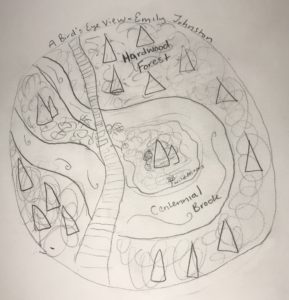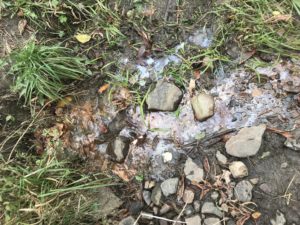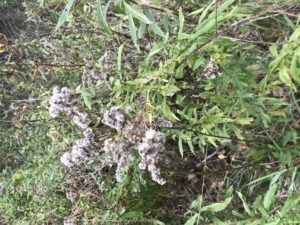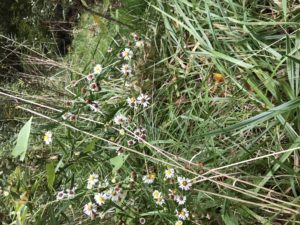If a bird flew over my phenology site, what would they see?

If a bird flew over my phenology site, what would they see?

After the first cold settled in to Burlington, I knew that going to my phenology site would be like entering a new world. Sure enough, the trees lost leaves, decaying material littered the floor, and the once lively brook now seldom had life. Despite the change in the vegetation, life still existed. In the distance I could hear the peck of the Pileated Woodpecker. Each peck melodic as I examined the brook, which now had leaves on each side and at the bottom. Notably, there was some iron-oxidizing bacteria on one section of the brook. The next time I go I will see if it remains

.

https://www.google.com/maps/d/edit?hl=en&mid=111SlzhuhitLhzR-x4gu8RBjKTaBmImC-&ll=44.47601608431194%2C-73.18735229999999&z=18
From the first time I entered the woods, I knew that this place would be something I came back to time and time again. I leave my dorm (McAuley Hall) and head straight on East Ave until I turn onto Carrigan Drive. The opening is within site once at this point, so I enter and walk until I reach the first bridge that crosses over the stream. From here I walk a few steps in to reach my spot. I chose this area because of its proximity to water, and also because there are several woody shrubs and trees. It also is far enough into the woods that noise disturbances from the street are minimal.
The vegetation in this area is different than that in the hardwoods surrounding it. There are no large trees, mainly shrubs and smaller trees. There are lots of grasses and wildflowers (flat-top white aster is common.) The most common woody plants here are: boxelder, green ash, striped maple, beaked hazelnut, buckthorn, and honeysuckle.
